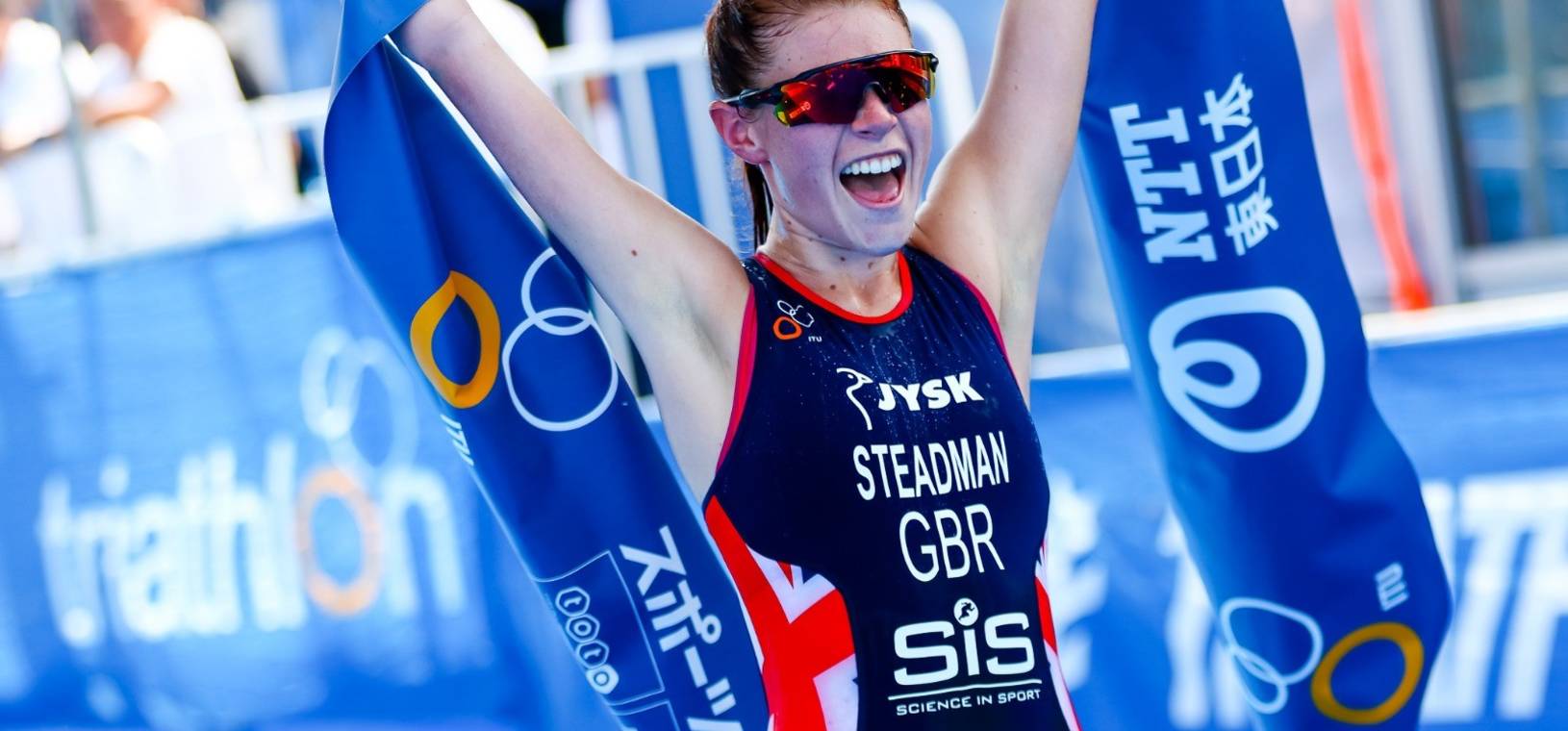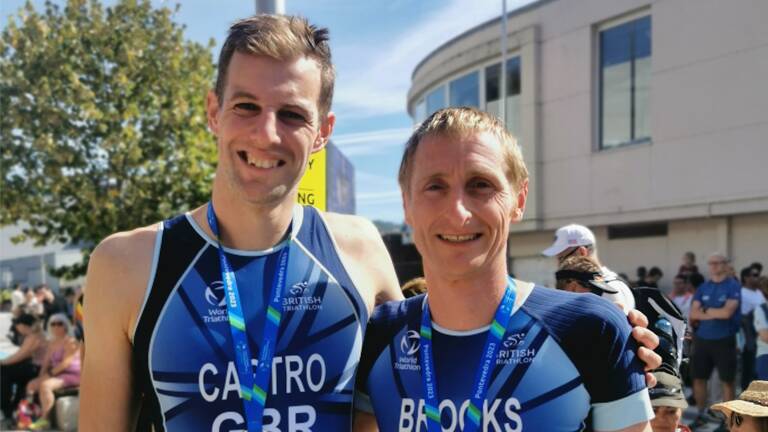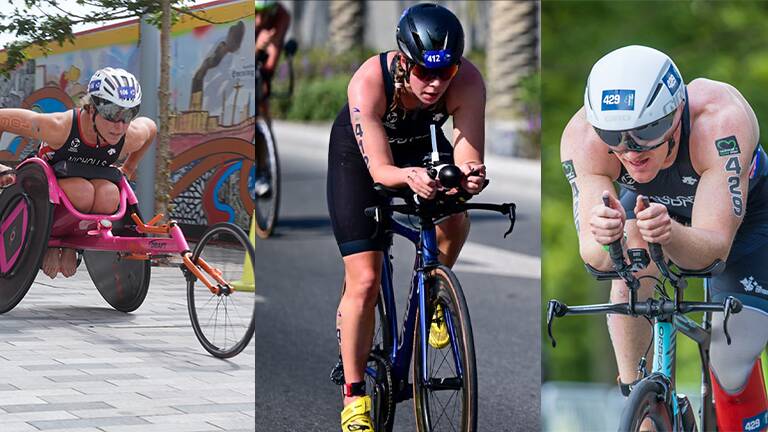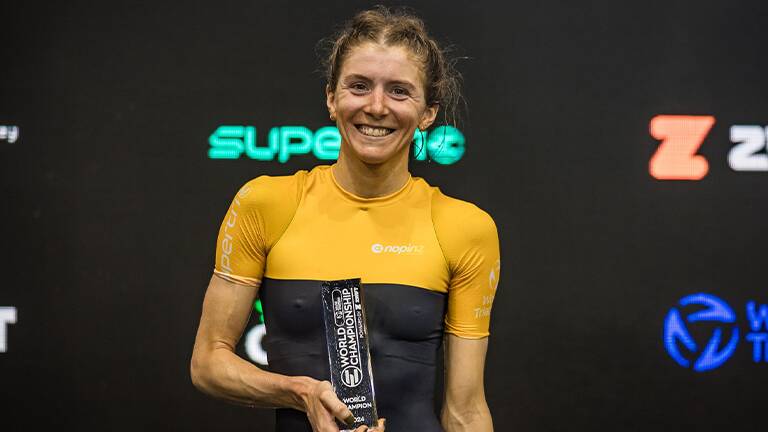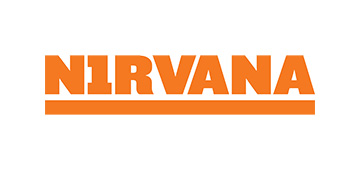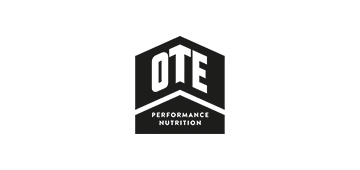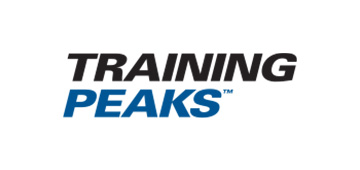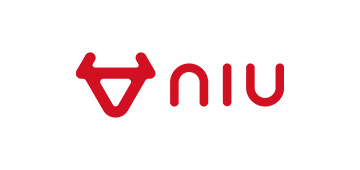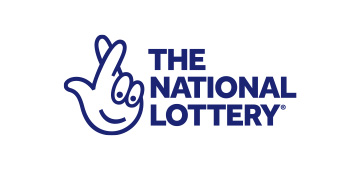With a year to go until the 2020 Paralympics, we’ve created a brief guide to the classifications that paratriathletes will race in whilst in Tokyo.
To ensure that no athlete is disadvantaged by their impairment, athletes with similar impairments are grouped together in classifications,. For each Paralympic Games, the International Paralympic Committee (IPC) and International Triathlon Union (ITU) set the classifications that make up the paratriathlon racing.
For Tokyo 2020, the four classifications are:
Confused by the codes? Let us explain…
Each of the classification codes details the impairment that athletes racing in that category have. To explain it to you, we’ve broken them down below - PT stands for paratriathlon (that’s why they all start with PT):
PTWC stands for wheelchair
Within PTWC there are two categories, PTWC1 and PTWC2, with 1 being the most impaired athletes.
- PTWC 1 - e.g. complete spinal cord injuries or combination impairments
- PTWC 2 - e.g. double above knee amputations
Both categories compete in the same medal event at the Paralympics, however PTWC1 athletes start with a time advantage as determined by the ITU interval start system. All competitors must use a recumbent handcycle on the bike leg and a racing wheelchair on the run.
PTS 2/3/4/5 refers to the physical impairment of standing athlete’s limbs
The numbers operate on a sliding scale, with the lower the number the more severe the impairment. S signifies they are an ambulant or standing athlete.
- PTS2 – severe impairment (e.g. severe cerebral palsey, above knee amputations)
- PTS3 – significant impairment (e.g. cerebral palsey, combination of mild limb impairments)
- PTS4 – moderate impairment (e.g. upper arm amputations and below knee amputations)
- PTS5 – mild impairment (e.g. below the elbow amputation)
Athletes with different impairments will compete against each other because it is the impact of the impairment that determines their classification, however each PTS classification has its own medal event, so classifications won’t compete against each other.
PTVI stands for visually impaired
PTVI is subdivided into three classes, 1, 2 and 3, however they all compete in the same medal event with PTVI1 athletes having a time advantage using the ITU interval start system.
- PTVI1 – e.g. athletes who are totally blind or have little or no light perception in either eye
- PTVI2 – e.g athletes who are more severely partially sighted;
- PTVI3 – e.g.. athletes who are less severely partially sighted.
Athletes in all PTVI categories must have a guide of the same gender and nationality, and it is mandatory for a tandem bike to be used for the bike leg.
British Elite Paratriathletes
| Name | Classification |
|---|---|
| Fran Brown | PTS2 |
| Claire Cashmore | PTS5 |
| Stephen Crowley | PTS4 |
| Dave Ellis | PTVI |
| Jade Jones-Hall | PTWC |
| Hannah Moore | PTS4 |
| Alison Peasgood | PTVI |
| George Peasgood | PTS5 |
| Melissa Reid | PTVI |
| Lauren Steadman | PTS5 |
| Joe Townsend | PTWC |
Get Involved
For more information about getting involved with paratriathlon, visit our Getting into Paratriathlon page.

